Top 10 Benefits of Using a Medical Lift Sling for Patient Mobility and Care
In the realm of patient care and mobility assistance, the use of a Medical Lift Sling has emerged as a transformative solution, enhancing both the safety and comfort of patients and caregivers alike. According to Dr. Emily Hartman, a leading expert in rehabilitation technology, "The integration of Medical Lift Slings in healthcare settings not only promotes patient dignity but also significantly reduces the physical strain on caregivers." This statement underscores the importance of utilizing properly designed lift slings to facilitate effective patient transfers.
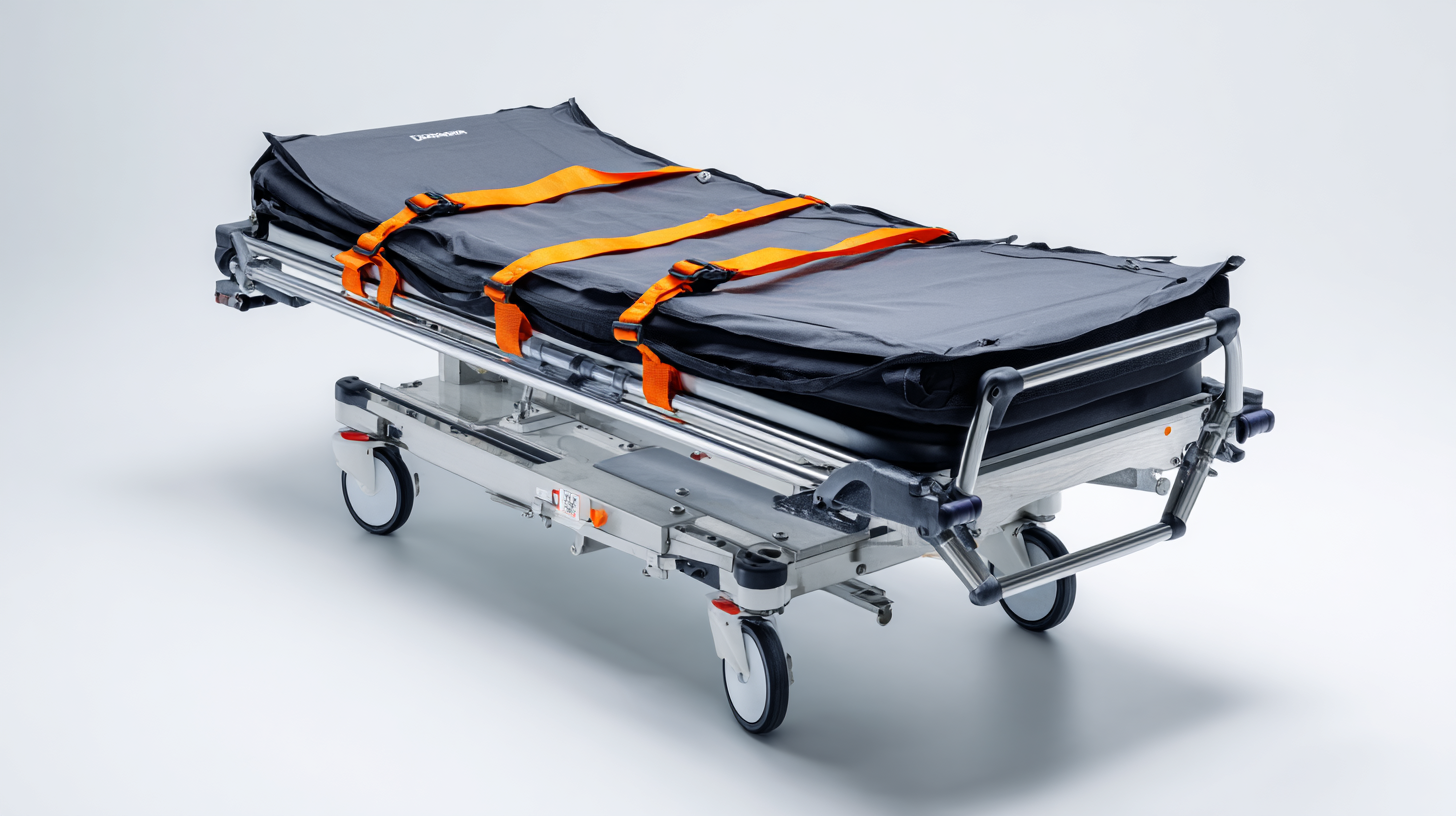
The benefits of a Medical Lift Sling extend beyond mere functionality; they encompass improved patient outcomes and increased caregiver efficiency. For individuals with limited mobility, these slings provide essential support that allows for safe movement and fosters independence. Furthermore, caregivers benefit from ergonomic advantages, as lift slings reduce the risk of injury commonly associated with manual lifting techniques. In this article, we will explore the top ten benefits of using a Medical Lift Sling, illustrating why they are an indispensable tool in modern healthcare settings.
Top 10 Benefits of Using a Medical Lift Sling for Patient Mobility and Care
The use of medical lift slings has become increasingly vital in the healthcare industry, particularly for improving patient mobility and care. According to a report by the National Institute for Occupational Safety and Health (NIOSH), nearly 50% of caregivers suffer from musculoskeletal injuries due to improper lifting techniques when assisting patients. Medical lift slings mitigate this risk by redistributing weight and providing support, allowing caregivers to focus on the patients' comfort and safety rather than the physical strain of lifting.
Additionally, research published in the Journal of Clinical Nursing indicates that using lift slings can significantly enhance patient dignity and independence. The study showed that patients who utilized lift slings during transfers experienced reduced anxiety and discomfort, ultimately leading to a more positive care experience. Enhanced mobility through slings not only benefits patient well-being but also optimizes caregiving efficiency, as caregivers can perform transfers more quickly and safely. The integration of medical lift slings into patient care routines represents a crucial advancement in fostering safer and more compassionate healthcare environments.
Improved Patient Safety: Reducing the Risk of Falls and Injuries
The use of medical lift slings significantly enhances patient safety by minimizing the risk of falls and injuries during transfers. According to the National Institute for Occupational Safety and Health (NIOSH), over 50% of patient handling incidents in healthcare settings are related to manual lifting, leading to serious consequences for both patients and caregivers. By employing lift slings, healthcare providers can reduce the physical strain involved in transferring patients, consequently decreasing the likelihood of accidents and injuries.
Additionally, a report from the American Nurses Association indicates that implementing proper lifting mechanisms can lower fall rates by as much as 40%. This is crucial, especially in environments where patients may have mobility challenges, as it allows for smoother and safer transitions from beds to chairs or during rehabilitation exercises. With the integration of medical lift slings, healthcare facilities can not only improve patient mobility but also foster a safer environment, significantly reducing the chance of falls and promoting overall well-being.
Top 10 Benefits of Using a Medical Lift Sling for Patient Mobility and Care - Improved Patient Safety: Reducing the Risk of Falls and Injuries
| Benefit | Description | Impact on Patient Safety |
|---|---|---|
| Reduces Risk of Falls | Lifts and supports patients during transfers to minimize the potential for falls. | Significantly decreases the occurrence of fall-related injuries. |
| Enhances Stability | Provides a stable platform for patients during movement. | Improves overall stability and confidence in mobility. |
| Increases Comfort | Designed for ergonomic support, ensuring comfort during lifting. | Reduces anxiety related to moving, enhancing patient well-being. |
| Facilitates Caregiver Safety | Lifts eliminate the need for heavy lifting by caregivers. | Prevents back injuries and reduces physical strain on healthcare workers. |
| Promotes Early Mobilization | Encourages patients to engage in movement sooner. | Helps in faster recovery and decreased hospital stay. |
| Easy to Use | Simplifies the process of patient transfer for caregivers. | Promotes consistent and safe transfers without complicated maneuvers. |
| Versatile Applications | Can be used in various settings like hospitals, nursing homes, and home care. | Flexible solution enhancing safety across different environments. |
| Supports Independence | Encourages patients to actively participate in their care routines. | Fosters a sense of autonomy and empowerment for patients. |
| Reduces Transfer Times | Streamlines the process, making transfers quicker. | Enhances overall efficiency in patient care. |
| Improves Overall Care Experience | Creates a more positive and comfortable experience for patients. | Contributes to higher patient satisfaction and trust in care. |
Enhanced Caregiver Efficiency: Streamlining Patient Handling and Transfer Processes
The integration of medical lift slings in patient care settings significantly enhances caregiver efficiency by streamlining patient handling and transfer processes. According to a study published in the Journal of Healthcare Engineering, implementing mechanical lifts can reduce the physical strain on caregivers by 80%, decreasing the risk of injury associated with manual patient handling. This efficiency is crucial, as reported by the Occupational Safety and Health Administration (OSHA), which indicates that overexertion injuries are one of the leading causes of workplace injuries in healthcare.
Additionally, by utilizing lift slings, caregivers can complete transfers more swiftly and safely. The American Nurses Association highlights that improving transfer times not only benefits the caregivers' health but also positively impacts patient outcomes. A smoother transfer process can lead to higher patient satisfaction as it reduces discomfort and anxiety during movements. Moreover, with proper training and adequate tools like medical lift slings, healthcare facilities can see a dramatic reduction in incident reports related to falls and injuries, creating a safer environment for both patients and staff.
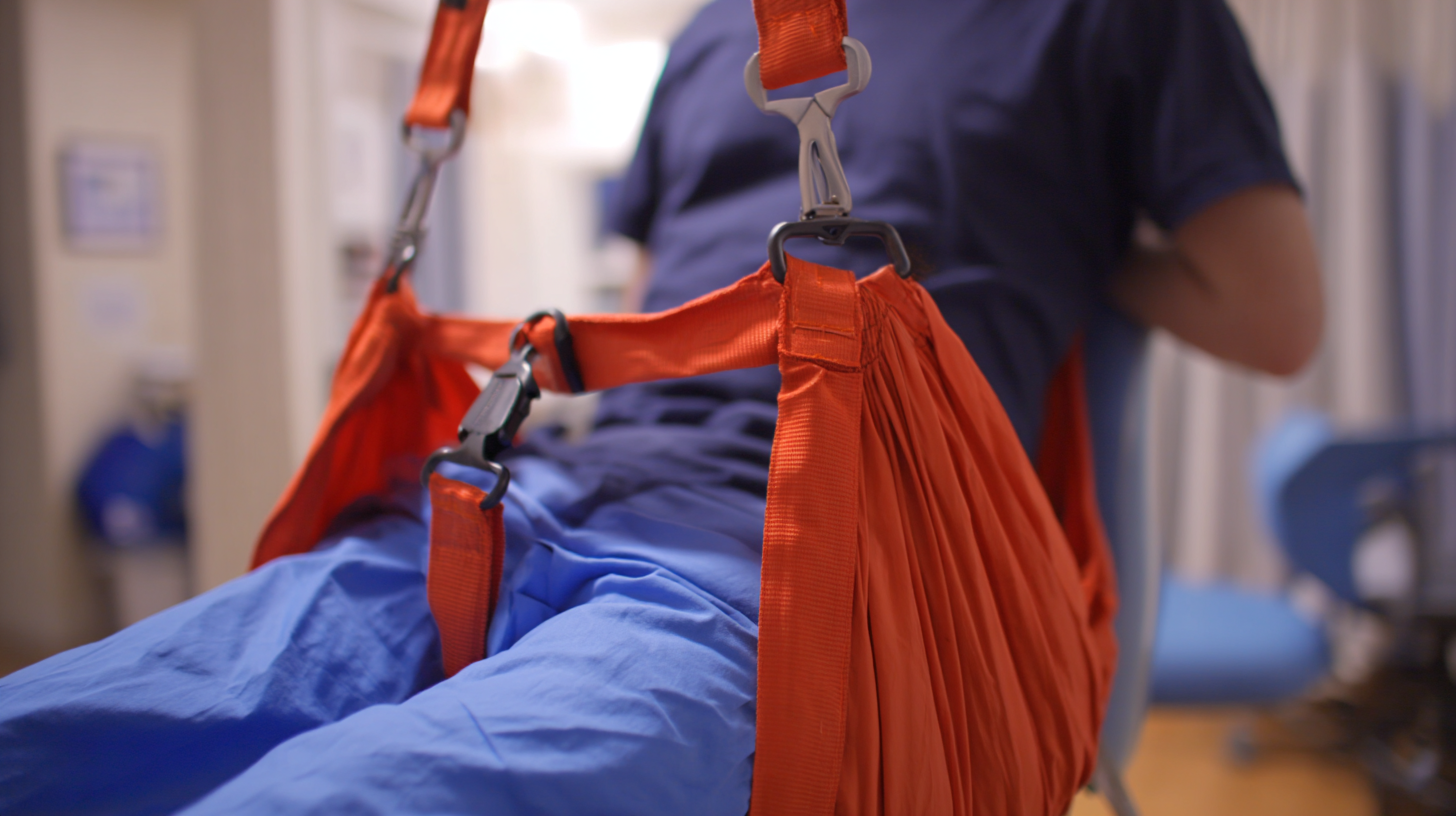
Increased Comfort: Alleviating Pressure Points and Supporting Proper Body Alignment
A medical lift sling plays a crucial role in enhancing patient comfort during mobility and care. By design, these slings distribute a patient's weight evenly, alleviating pressure points that often cause discomfort or pain. This is particularly beneficial for patients who may have limited mobility or are recovering from surgery, as the evenly distributed support reduces the risk of skin irritation and promotes better overall well-being.
Furthermore, the use of a lift sling supports proper body alignment, which is essential for patients with musculoskeletal issues or those who struggle with balance. The structure of these slings ensures that the patient's body is cradled correctly, reducing strain on muscles and joints. Proper alignment not only fosters more natural movement but also enhances the effectiveness of therapeutic interventions, leading to a smoother care experience for both patients and caregivers. By prioritizing comfort and alignment, medical lift slings significantly contribute to improving the quality of care provided to patients.
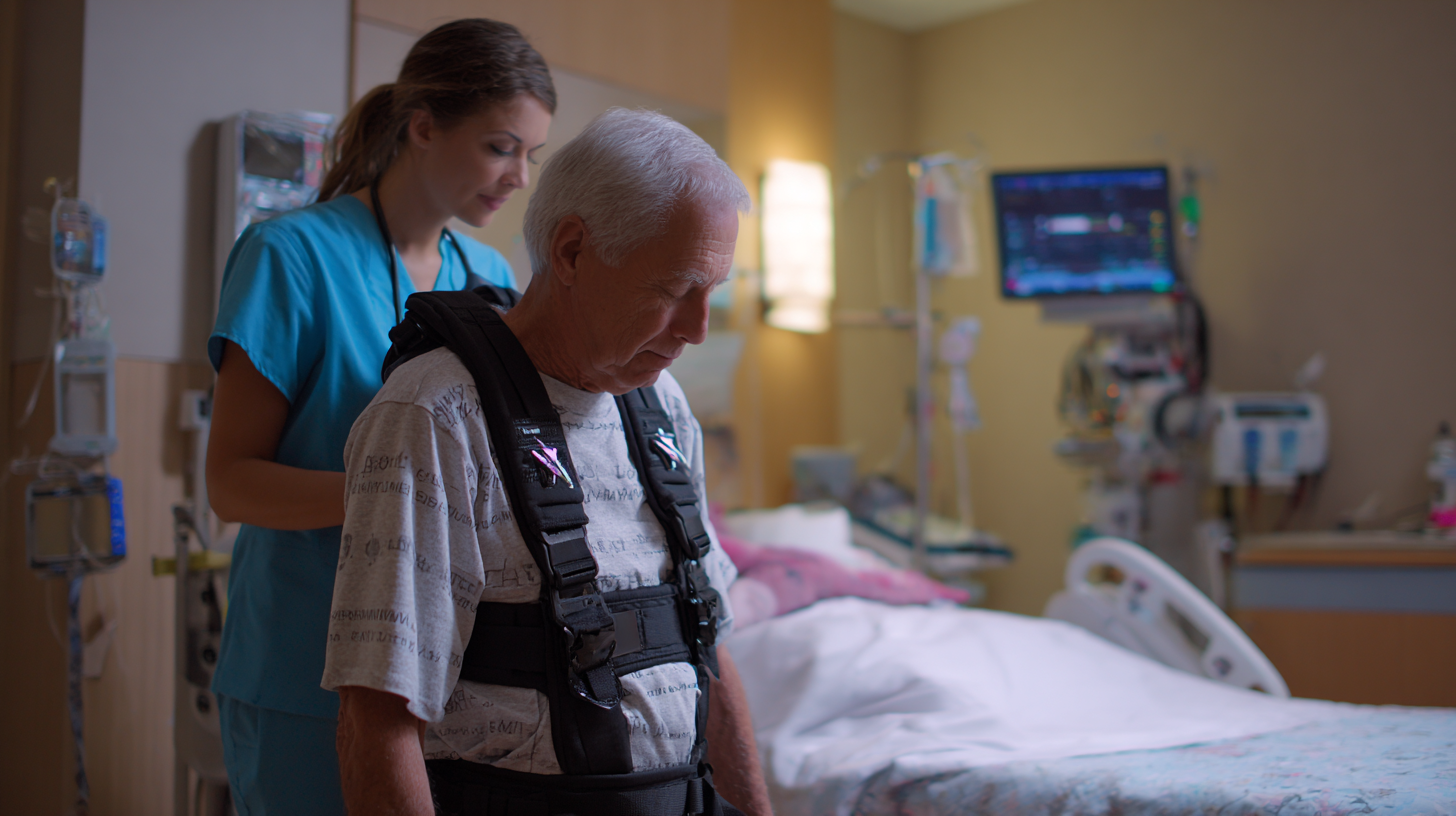
Better Patient Outcomes: Promoting Independence and Mobility in Rehabilitation Settings
Using a medical lift sling can significantly enhance patient outcomes in rehabilitation settings by promoting independence and mobility. According to a study published in the "Journal of Rehabilitation Research and Development," patients who utilized assistive lifting devices showed a 30% increase in mobility compared to those who received standard manual transfers. This improvement not only fosters a sense of autonomy but also positively affects the psychological well-being of patients during their recovery process.
To optimize the use of medical lift slings, caregivers should adhere to best practices. Ensure that the sling is appropriately fitted to the patient’s body dimensions to enhance comfort and safety. Regular training sessions for staff on the correct usage and maintenance of lift equipment can also lead to a smoother operation, reducing the risk of injury. Remember to engage patients during the lifting process, encouraging them to participate as much as possible. This not only promotes physical activity but also builds their confidence in their mobility capacities.
Moreover, clinical data indicates that enhanced mobility correlates with faster recovery times. The American Physical Therapy Association reports that patients who are regularly mobilized using assistive devices experience less muscle atrophy, resulting in improved overall strength and physical function. As caregivers focus on empowering patients through harnesses and lift slings, they lay the groundwork for better health outcomes in both the short and long term.
Top 10 Benefits of Using a Medical Lift Sling for Patient Mobility and Care
Conclusion
The use of a Medical Lift Sling offers numerous advantages for both patient mobility and caregiver efficiency. One of the primary benefits is improved patient safety, as these slings significantly reduce the risk of falls and injuries during transfers. Additionally, they enhance caregiver efficiency by streamlining patient handling processes, which is crucial in busy healthcare settings.
Moreover, Medical Lift Slings provide increased comfort for patients by alleviating pressure points and supporting proper body alignment, leading to better patient outcomes. These slings also promote independence and mobility, especially in rehabilitation contexts, ultimately fostering a positive recovery experience. Lastly, the implementation of Medical Lift Slings can be cost-effective for healthcare facilities by minimizing expenses related to injury-related incidents. Overall, these slings are essential tools that enhance both patient care and the working conditions for caregivers.
Related Posts
-

Ultimate Guide to Choosing the Right Medical Lift Sling for Your Needs
-

Future Trends in Sit to Stand Lift Rental for 2025 and How to Choose the Best Option
-
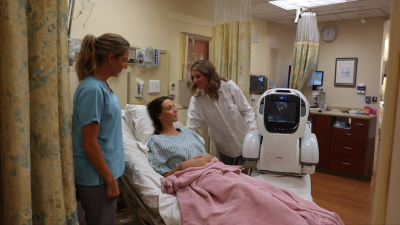
Exploring Innovative Alternatives to the Best Patient Lift for Enhanced Care Solutions
-

Navigating Trade Tariffs: How China's Best Bariatric Shower Chair is Thriving in a Competitive Market
-

Innovative Applications of Ceiling Hoist Systems in Modern Industries
-
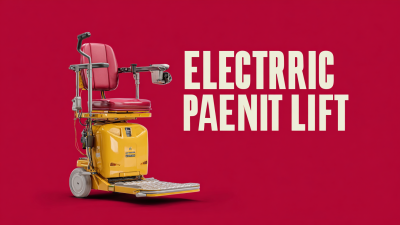
The Ultimate Guide to Choosing the Best Electric Patient Lift for Your Needs
